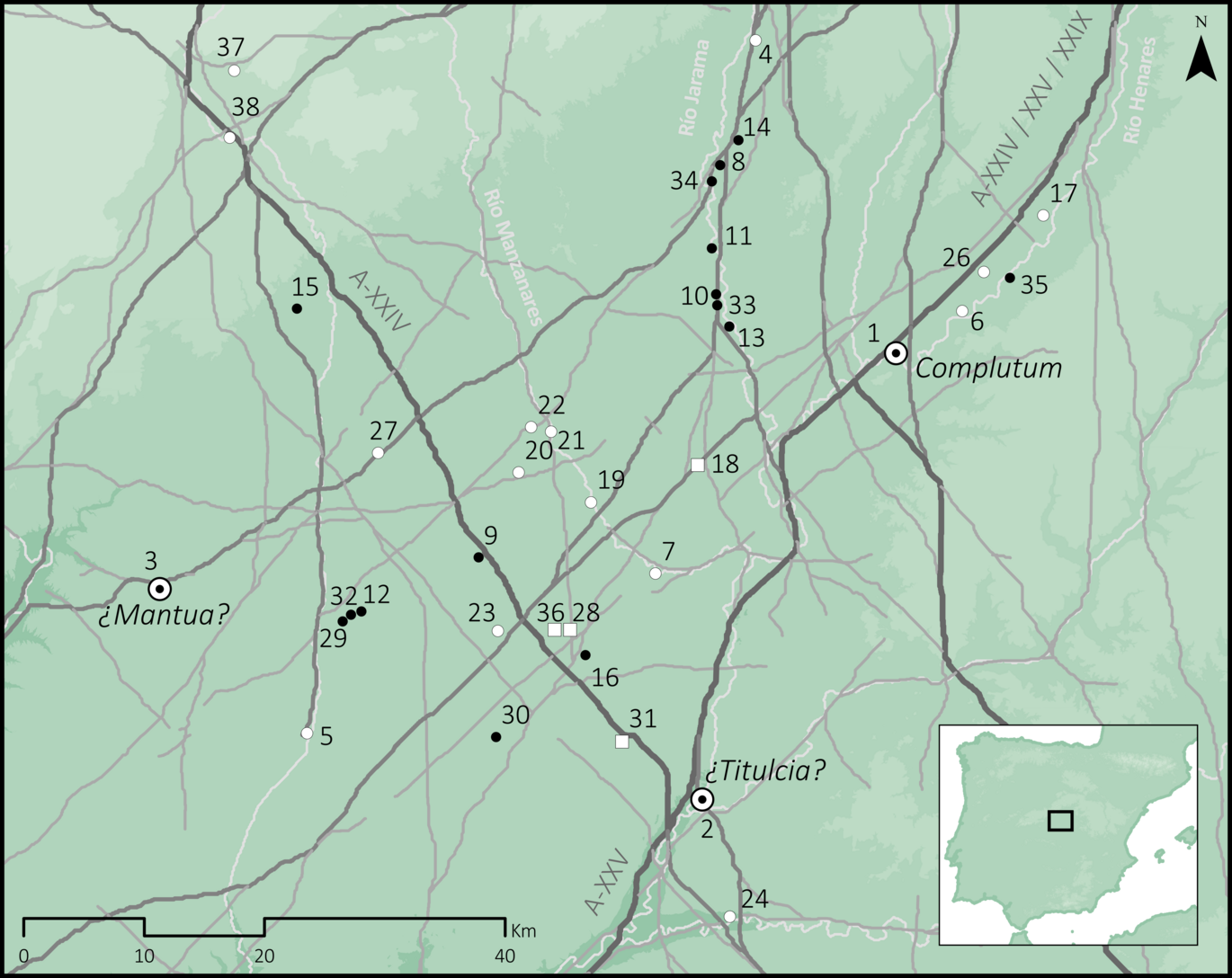Household Economies in the North of Roman Carpetania. A Network Science Approach
Talk by Visiting PhD student Fernando Moreno Navarro (Universidad Carlos III de Madrid).

Info about event
Time
Location
UrbNet, Moesgaard Allé 20, 8270 Højbjerg, 4230-232
In the years leading up to the economic crisis of 2008, there was an explosion of urban development around Spain’s major cities. This led to the excavation of a large number of archaeological sites thanks to commercial archaeology. Many of these sites have a Roman chronology but do not fit into the traditional villae framework.
My research is part of the project ‘Economías domésticas en el norte de la Carpetania romana (ss. I a.C. – IV d.C.): condiciones de vida, redes y desigualdad’. For my PhD, we have analysed nine sites in the north of Roman Carpetania (Region of Madrid in the centre of the Iberian Peninsula) from a household archaeology perspective. We select deposits that have not been altered by post-depositional processes and we analyse each of the archaeological finds in detail, considering typological characteristics or use-wear analysis, among other things. Having all this data at our disposal offers us a good opportunity to learn more about the functioning of Roman households in the region as economic units, the impact of the Roman commercial economy on the daily life of peasant communities, and the integration or segregation of these communities in local, regional, or interprovincial trade networks.
The application of network science in archaeology allows us to approach these questions from a novel perspective. Firstly, we can approach the articulation of the Carpetania territory through a simulation of its transport network. I have analysed this network to identify the areas with the greatest accessibility and the area of influence of some of the most representative sites. We have also applied tools derived from network analysis to the findings of each of the peasant sites studied. This allows us to characterise the consumption patterns of these settlements from a relational perspective. Thanks to this we can approach the integration of these settlements as well as the similarities and differences between the settlements in the region and perform comparisons with other European regions. In this presentation I will present preliminary results from these analyses performed in the context of my PhD.
